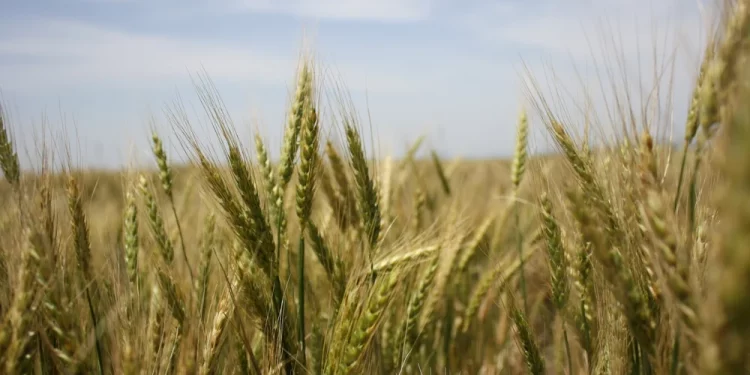Ethiopia plans to increase its local wheat output by up to 70% in 2022 as the country cushions itself from supply chain constraints due to the ongoing Russia-Ukraine conflict.
Data from the Ethiopia Agriculture Ministry estimates that the country will harvest some 2.4 million tonnes compared to 1.42 tonnes the prior year.
This output is forecast to lower the country’s wheat deficit to just 400,000 tonnes in 2022 after an additional 600,000 hectares of land was put under wheat cultivation this year. In 2021, Ethiopia added 187,000 hectares to grow wheat.
Prime Minister Abiy Ahmed has implemented a nationwide wheat planting campaign to wean the country off imports by 2023.
Most of this planting was done in Oromia and Amhara, two of the nation’s largest regions.
According to government data, this country imports about 27% of its grain requirements from Ukraine and 15% from Russia.
While Ethiopia has made significant progress in irrigation-based cluster farming when smallholders pool resources to purchase inputs and negotiate for better prices, the number of people without food to eat has also increased.
Ethiopia faces food shortages due to drought and internal conflict
Food shortages are blamed on the ongoing conflict and unrest in Tigray, Afar, Oromia and Afar regions.
Plans by Ethiopia to end all wheat imports by 2023 have also been described as unrealistic by the US Department of Agriculture due to the country’s limited resources to acquire and use technology.
About 7.2 million people in Ethiopia face severe food insecurity due to drought. Food prices in the worst-hit regions spiked by 66% this year, forcing families to dispose off property and assets for food.
ALSO READ: Egypt Receives $3 Billion in Financing to Cope With Wheat Shortages




